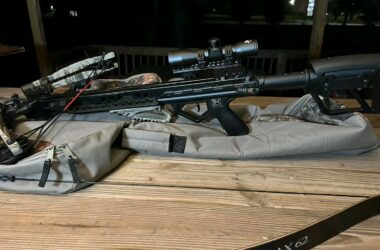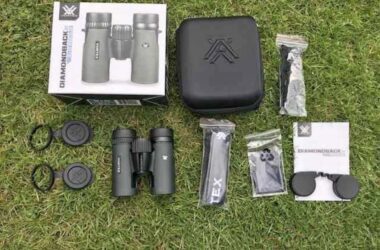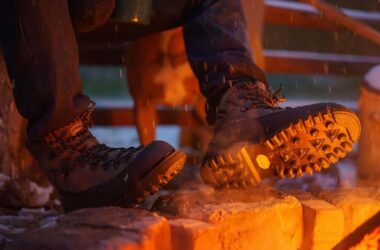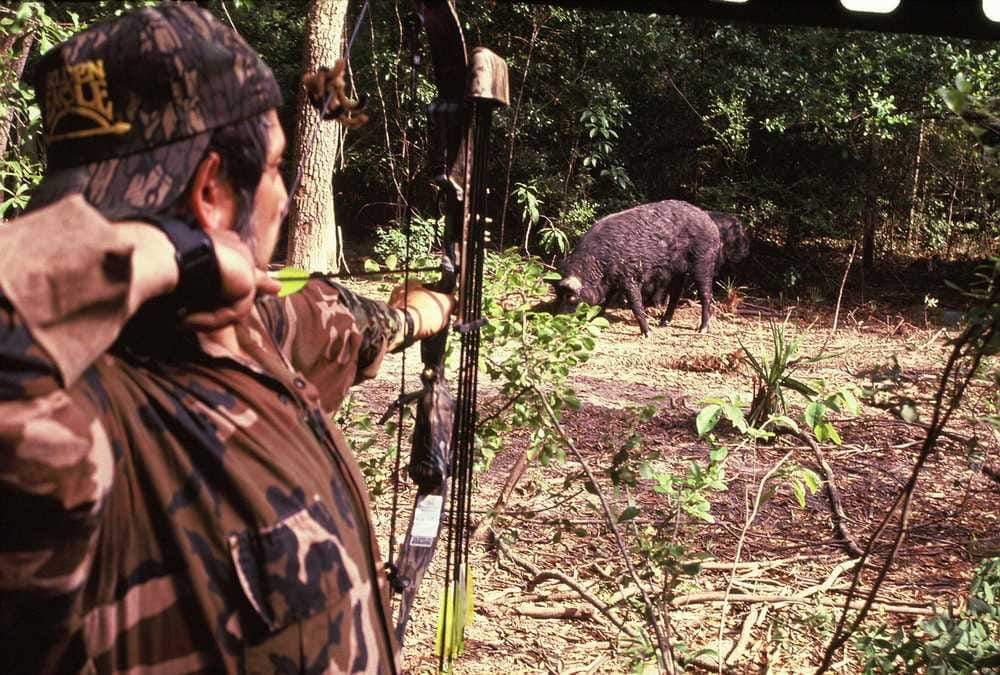What to do after shooting a wild hog? As an avid hunter who has spent countless hours in pursuit of game, I know the moment of truth isn’t just when you pull the trigger. It really begins after you’ve successfully taken down a wild hog. Hunting these wild beasts is not only about the thrill of the chase or the crack of the rifle; it’s about respecting the animal and ensuring that none of the meat goes to waste.
So, let’s delve deep into what to do after shooting a wild hog.

Post-Shot Strategy: Securing Quality Meat
The wilderness doesn’t come with an instruction manual, but harvesting a wild hog requires a step-by-step approach. The high priority right after your crossbow or rifle sings is to start cooling down the beast. Shot placement is critical; aim for the vitals for a swift, ethical kill and minimal meat spoilage. A wild hog with a gut shot is a ticking clock; bacteria in the intestinal fluids, like E. coli, may spoil your harvest. Immediate field dressing becomes essential.
The Tools You Will Need
Before you venture out, make sure your kit is ready to tackle the task post-shot.
- A sharp knife – Your best friend in the field. It must be reliable, with a blade of at least four inches.
- Sharpening tool or stone – To keep your knife ready for delicate work.
- Bone saw – Vital for breaching sternum and pelvis.
- Latex gloves – Two pairs, because cleanliness is next to godliness.
- Clean water (min. 5 gallons) – To wash down your game and your gear.
- Meat bags/refuse bags – To carry valuable organs or dispose of offal.
- Rope, pulleys, and gambrel (optional) – For hanging and skinning your hog.
- Bucket and towels – For cleaning up and keeping things tidy.
Dressing the Hog: A Step by Step Approach
The protocol differs based on where the hog is hit. If it’s a gut shot, resist the urge to skin first. Instead, remove the organs carefully, avoiding any contact with the meat. The method is straightforward:
- Lay the hog on its side and make an incision from the hind legs to the sternum’s start, being cautious not to pierce the gut.
- Roll the hog to drain fluids before going on.
- Transfer the hog to a clean spot, then remove the organs, setting them aside if you plan to save them.

When Do You Hang A Game?
For a neck or headshot hog, hang first, then remove the organs. Hang by the hind legs, slice off the head to drain blood, and then attend to skinning. Clean and sharpen your tool as you go, avoiding contamination. Skinning downwards, focusing on a clean peel, and discarding damaged meat.
When you’re done, saw through the pelvis and sternum to allow proper air circulation, a critical step in cooling. Wash the carcass with your clean water supply and keep it sanitary.
Cold Storage Considerations
The hog’s final resting place before the dinner plate should be a cold room with temperatures between 28°F and 32°F to inhibit bacterial growth. Don’t overlap meat or let it sit in fluids; dampness equals decay.
Final Thoughts and Tips
Remember, it doesn’t end with making a shot. Your responsibility extends to efficiently processing the animal, keeping the meat pristine, and respecting the life taken.
Some Frequently Asked Questions
How long can I wait before field dressing a hog?
Time is of the essence when field dressing hogs. You must start immediately to prevent meat spoilage, especially in warm climates.
Can I eat all the parts of a wild hog?
Most parts of the hog are edible if handled and cooked properly. Common cuts include the shoulders, ribs, loins, and ham, as well as the liver and heart.
Is it necessary to check for diseases?
Yes, always inspect the meat for abnormalities that could indicate disease. Cook thoroughly to minimize the risk.
What’s the best way to store the meat long-term?
For long-term storage, vacuum sealing and freezing your cuts are optimal. It protects against freezer burn and preserves flavor.




